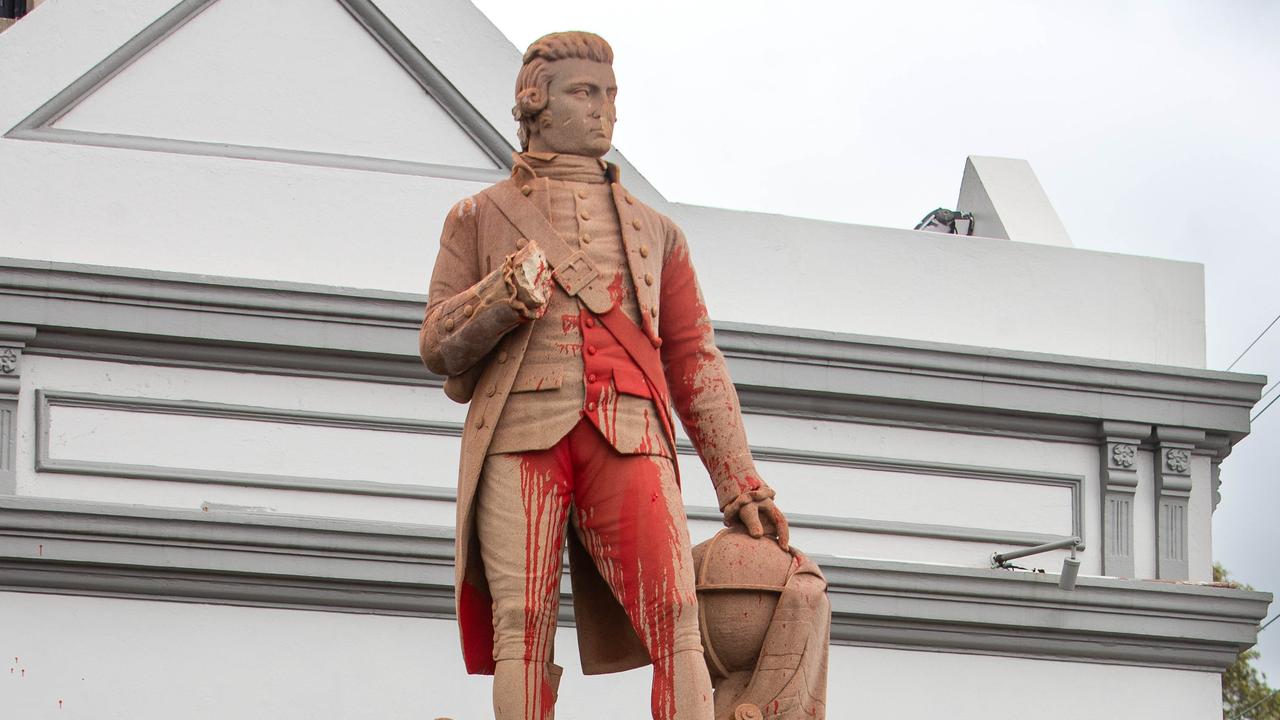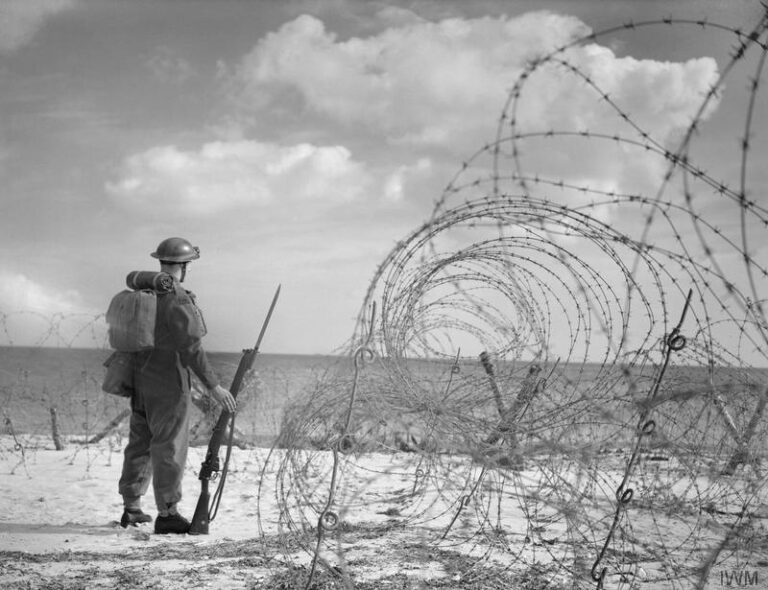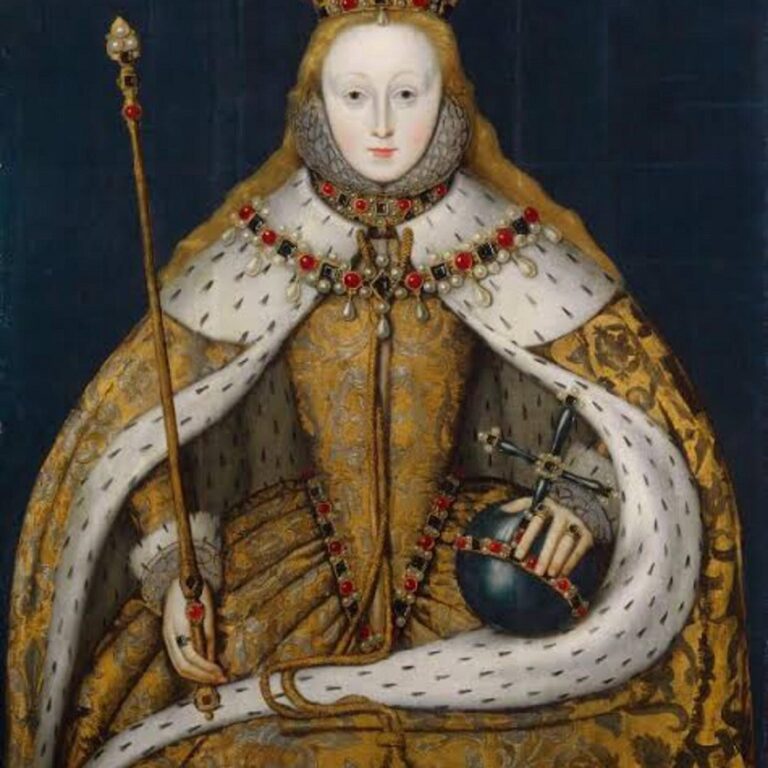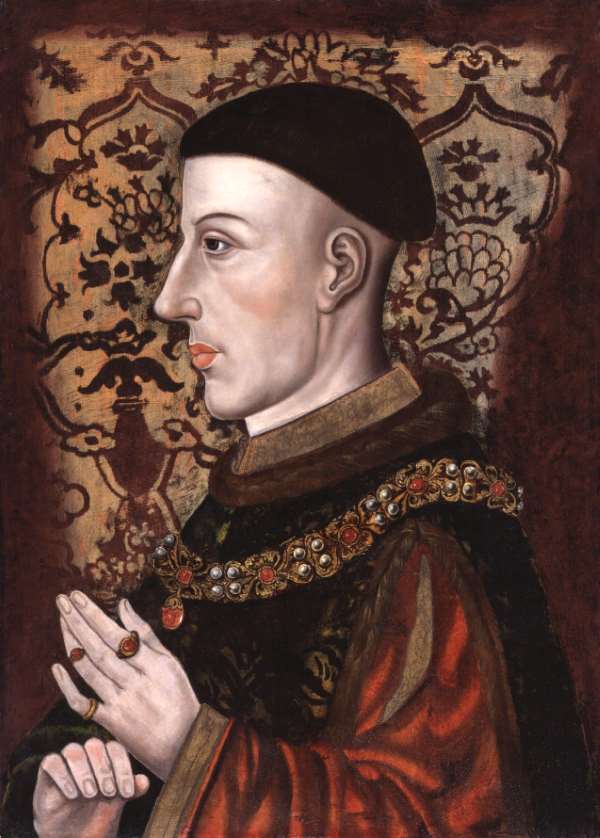A summary of key concepts to make sense of seemingly nonsensical current events
Introduction:
A new world view has emerged with its own epistemology, that is a ‘way of knowing’, which challenges traditional enlightenment values such as reason, logic and science as the ways of revealing underlying truth. It is sometimes called ‘woke’ and it fuses elements of Critical Theory from neo-Marxism with one of the cynical central tenets of Postmodernism, i.e. that all applications of truth are just politics by other means for the acquisition or maintenance of power.
The world view, together with the movement it has spawned, has but one goal, to turn the tables on historical oppression through quiet, yet authoritarian, revolution. That is, rather than radical transformation through violent protest such as was attempted in the late 1960s, the slow cook method aims to infiltrate teaching colleges, universities and human resource departments to spread the ideology and indoctrinate each successive generation. Indeed, some pundits in the UK have noted that it now matters not who has the reins of Government, since the control of the institutions and corporations is firmly in the hands of the ‘woke’. It’s appeal to many is that, at first glance, it seems like the ‘right thing to do’.
There are many experts in the pathology of this ideology and many new books have recently appeared that illuminate the subject. In this largely unreferenced article, the work of these experts has been heavily lent on in order to shed light on the key concepts and open the door for you to discover more.
Note this issue isn’t about ‘left’ versus ‘right’, it’s about understanding a cult-like ideology and the implications its adoption has for objective reality. Indeed, some have argued that the seeds of civilisational collapse are contained within the creed and application of Critical Theory.
What is Critical Race Theory?
What the exponents say: It is a set of analytic tools which explains how race has functioned and continues to function in society.
What is Intersectionality?
What the exponents say: It is the study of how different personal characteristics overlap and inform one’s experience.
Analysis:
At first sight it appears that there is nothing to see here. We all like to apply critical tools to what we do, and we acknowledge that everyone is an individual. This, it appears, is all part of our liberal society, with its modernity and all the benefits that have been yielded by the scientific method, the evolution of the common law, the extension of the franchise to all, and open debate. However, there is a much deeper and insidious meaning obscured by these definitions. Let us begin by breaking them down.
Critical: Here the word ‘critical’ does not mean rational analytical dissection of issues based on evidence but ‘critical’ in the sense of seeing fault in everything. It is to criticise everything in society all the time! Modernity, rather than viewed as the best epoch in which to have lived, is denounced for its failure to bring forth Utopia.
Just like Marxism, Critical Theory emerged from Hegel’s Conflict Theory – that society may be divided into groups that have different access to opportunities or ‘privilege’. These groups are in eternal conflict with each other in a zero-sum game, with the oppressor groups keeping the oppressed groups down via the system they have created. The application of this to economics gave rise to the many communist revolutions and with them, the accompanying authoritarianism, atrocities, and eventually economic failure.
Critical Theory grew out of a desire to understand why the revolution had failed. The Frankfurt School of the 1920s and 1930s in Germany began to look at culture as the reason for the so-called oppressed classes unwillingness to rise up. The objective was to reimagine Conflict Theory in a new context, applying it to the production of culture.
Society is to be viewed with extreme closeness, analysing particularly language and history, to problematise every aspect and issue. Issues related to oppression are to be made more visible with ever increasing magnification. The goal is to expose a system that is so decrepit and without redemption in order to effect revolution, overturning the power dynamics that are seen as being at the core of the problem.
Note that it is important to give ‘the Devil his due’ as for each aspect of societal criticism there is often an element of truth to the charge, but from that kernel a fallacious and intentionally misleading one-dimensional narrative is nurtured and promulgated.
Herbert Marcuse, late of the Frankfurt School, but at Columbia University in 1965 when he published his paper on ‘repressive tolerance’ stated that it was legitimate to suppress the words and ideas of the oppressor groups in order to liberate the narratives of the oppressed. Activism graduated to violence. The cry of the radical activists of 1968 was Marx, Mao, Marcuse! Thereupon, the concept of politically incorrect and ‘hate’ speech was born. Note that the definition of such speech goes well beyond incitement to violence or intimidation, which even the most ardent free speech advocate opposes. It refers simply to ideas, or even objective evidence, which the woke elite do not think support the narrative of a group’s oppression. Such speech is termed offensive and is considered violent under the new definition and may be justifiably met with physical violence. In Orwell’s language such speech would stem from ‘wrong think’ and the new definitions of words would be ‘new speak’.
Theory: This term does not convey the idea that a ‘theory’ exists but rather it refers to way of viewing the world – the postmodernist way, as evolved at the Sorbonne in Paris of the 1950s and 60s.
- Everything in society is created in representation, imitation and simulation. There is no absolute truth which can be found by inquiry through application of evidence, reason and science, as these tools are just political tools to obtain or maintain power. Indeed, every interaction is seen through the lens of power. Language is viewed not as means to describe reality but to create it. The words violence, hate, racism, empowerment, engagement, consciousness, and ally, to name a few, all have different or expanded meanings within the dictionary of ‘woke’.
- From post-modern theory comes the concept that knowledge is produced within a community which is peculiar to that community and cannot be understood outside that community. Each group is an epistemic island.
Intersectionality:
In the 1980s the originators of ‘woke’ started to apply Postmodernism and Critical Theory to the liberation of oppressed groups by deconstructing what they termed systems of power and oppression. It can be said that the members of these groups did experience discrimination, making the goal at least worthy. Yet all means used to achieve a goal are not necessarily justified.
In the early 1990s Kimberlé Crenshaw published a seminal paper called “Mapping the Margins”, in which she melded Critical Theory and Postmodernism. She stated that the point of Intersectionality was to provide a provisional concept linking contemporary liberationist politics with postmodern theory to advance the radical agenda. In intersectionality, the intersection of group identities gives a person a lived experience related to the power dynamics involving each group to which they belong. This theory drills down on more and more specific special interests based on identity markers and claims that the person has a unique experience and unique insight that cannot be questioned or criticised. Perhaps paradoxically/ironically, while intersectionality absorbs postmodernist ideas of viewpoint epistemology, that everything is relative and constructed by society, it reserves ‘identity’ as a real thing, i.e. not constructed.
The groups are then arranged into an oppression hierarchy. Those with the greatest history of oppression are highest on the scale, and thus possess most virtue. At the bottom are the historically privileged groups. Those groups with most virtue possess opinions that are more valid than those lower down. They are not to be criticised. This contrasts with privileged groups which must simply ‘shut up and listen’ regardless of the evidence, logic, or truth of their commentary.
Thus, the culture of the ‘victim’ arises, where groups vie to improve their position on the oppression ladder. Indeed, it may not be in the interests of a group to improve their position. Any deviation from the narrative of oppression must be shouted down and any apostates shunned and silenced. Indeed, activists have noted that they don’t want people who identify with an oppressed group not to carry the ‘voice’ of that oppressed group. Individual opinions are not valued. Everyone must adhere to the narrative of their collective and group identity has become the paramount characteristic of an individual.
Race is one such identity group but socio-economic class, gender, sexual orientation & disability form other groupings. Note that it comes down to what one identifies with, not necessarily what characteristics you possess. Yet there are logical inconsistencies – you can be trans-gender, gender-fluid even, but you can’t be race-fluid, even though race is not necessarily a function of skin colour per se.
To hurry along the deconstruction, new oppression models were constructed termed; Patriarchy (oppression of women), Heteronormativity (oppression of LGBTIQ+) and, relevant for this article, White Supremacy (oppressing people of colour – POC). Note that the term White Supremacy does not refer to beliefs held by fringe groups such as the Ku Klux Klan in the USA, but refers to the entire system of Western Civilisation, its epistemology, its culture and all of its institutions – judiciary, law enforcement, education system, Constitution, government, corporations, architecture, monuments, literature, art etc. All such institutions must be dismantled in this world view.
Members of a group possess special insight that is not available to those outside the group, which has the consequence that those outside have no option but to defer to that insight as true. It cannot be questioned or more rigour demanded. This is because asking a question would be imposing another group’s process of legitimising ideas upon a culture that does not necessarily embrace that process. An example would be the rejection of logic, reason, and evidence to legitimise knowledge since these are viewed as the tools used to maintain oppression. Each group is an epistemic island which cannot be understood, nor viewpoint challenged, since no objective truth exists.
In Critical Race Theory, racism is viewed as being systemic, everywhere, and imminent all through society. Everybody participates, be it through the words they use, the way they talk, the way they think, the ideas they have, the way that issues are represented. Anything that can be read as racism is to be viewed as such. All these instances be they ever so minor, unintended, or even not racist, are to be taken as manifestations of systemic racism in society. Every interaction is said to be infected with racism and it is the duty of the critical race theorists to find it, expose it and call it out. Causing offence to marginalised identity groups, by exposing them to other epistemologies or facts, is the new transgression – the new violence. According to the hardliners of the ideology, society is deeply and irredeemably infected and can only be cured by revolution.
The Master’s tools: It may come as quite a shock but a central tenant of this movement’s desire to bring about change is that “The master’s tools cannot be used to bring down the master’s house” from the 1984 paper by Audre Lorde. By that they mean that the methods of legitimising knowledge used in the age of enlightenment are no longer valid. The movement rejects reason, logic, competency, evidence, validity of argument as well as the scientific method and extraction of true meaning. These tools are regarded as being created for the purpose of understanding knowledge in the way that is required to maintain power.
It is posited that there are other ways of knowing which are equally valid and true. There is no objective location from which one can view of society. This means that for another community’s knowledge and viewpoint, asking for evidence or logic would be meaningless and illegitimate in their way of knowing or rather, from their epistemological standpoint.
In the evolution of Western thought, epistemologies found to be of no benefit have been cast aside. Today, the bounty of 400 years of the Enlightenment are all around, both materially and socially. The individual has never been so liberated as today. Modernity has yielded ways to want to launch satellites into orbit, treat bacterial infections, and ensure that heavier-than-air aeroplanes remain aloft. Yet rejection of Western ‘tools of oppression’ is held up as the salvation of the historically oppressed and aggrieved groups.
Critical Theory is mainstreaming with new areas of pedagogy emerging, such as Critical Mathematics, Critical Grammar, Critical Law and so on with the goal to de-colonise these disciplines. Each identity group produces its own truth depending what it is willing to authenticate as true or false. Decolonising disciplines means that all the knowledge and ways of legitimising knowledge used to build up Western Civilisation are to be expunged. In the Linguistic Justice of Critical Grammar, language must be controlled, speech compelled and literature from the past cleansed of its wrong thought or just… discarded. In Critical Maths 1 + 1 equals any value other than 2, because that mathematics is part of Western Civilisation’s system of oppression.
Aren’t these just abstract academic concepts or parlour games, you ask? No, Critical Theories are making their way to an institution or organisation near you. Once they have become established, it will be a long way back from the entropic epoch that will unfold. At a guess, it will not be the promised Utopia.
Whiteness:
While reason, logic, evidence, and the scientific method are seen as the tools of the oppressor, they are just a subset of what is seen as characteristics of ‘whiteness’, and all of Western Civilisation is infected with ‘whiteness’ in the view of the critical race theorist. Here are just a few aspects of ‘whiteness’[1].
- The individual, and self-reliance
- The nuclear family
- Scientific method – cause and effect
- Emphasis on Greek, Roman, European, and Judeo-Christian (Western) philosophy, history, and traditions
- The work ethic
- English common law
- Private ownership
- Importance of intent
- Planning and scheduling
- Decision-making
- Delayed gratification
- Progress
- Democracy
- Action orientation
- Uniformity of language and grammar
- Emphasis on the written word
- Politeness
Far from being aspects of race, it may be posited that they are simply universal aspects of modernity in which all can share. These are the sort of things you need to maintain personal liberties, enable discourse, solve problems, keep hospitals running and aeroplanes in the air. Perhaps in ‘year zero’ society will have no need of such things as all will simply be commanded to make a great leap forward. Is it not curious that the Smithsonian put these up in the first place, ascribing these attributes to race?
Missionary work of the woke:
Those with the lowest intersectionality score, i.e. most privilege, are regarded as having an eternal responsibility of repentance to those higher up the scale, i.e. those groups that have experienced larger degrees of historical oppression. However, there is no redemption or forgiveness for your group if you undertake this work. The work is never done.
Anti-racist work
Racism has been redefined and distorted. It is no longer an opinion or action perpetrated by an individual of one race towards another but is an intrinsic property of a group and structures within a society deemed to maintain the power of a group. In addition, a power vector has been added meaning that racism can only occur in the direction of lower intersectionality rank “punching down/up”. Thus, as a member of the ‘white group’ you are intrinsically racist but, because of your privilege, you cannot see this. You contribute to the systemic racism, which is all around, imminent, and ready to burst forth all the time.
As a member of a privileged group you are expected to continually look for ways that you are contributing to sustaining the racism. You not only have to look for it in yourself but root it out in others, pointing it out whenever you see it. Silence is violence, and that’s not hyperbole!
In joining the ‘woke’ movement, perhaps driven by your sense of empathy and compassion or even shame, you are only seeing the sanitised ‘public relations’ version. The cloak of respectability disguises a sinister agenda – not equality of opportunity but the inversion of historical oppression. Indeed, activist talk of racial justice as distinct from racial equality. As a member of a privileged group, attacks on you are legitimate and morally justified as this is just a form of resistance against a corrupted system in which you are complicit.
White fragility
When, as member of a privileged group you encounter the tenets of Critical Race Theory you might ignore them and walk away. In that case, the term used to describe you is ‘White Fragility’[2]. It is posited that the reason why you disagree with the theory is that you lack the stamina because of your ‘privilege’. If you attempt to use reason to argue against the concepts, then that is an example of White Supremacy since you are using the tools of the privileged epistemic island to support your argument.
If you don’t buy in, then that is your character flaw. You are engaging in ‘privilege preserving epistemic push-back’. Other related terms include pernicious ignorance, wilful ignorance, white ignorance, and colour-talk.
For the proponents of critical race theory there are three reasons why it may be rejected,
- serious character flaw
- fragility through privilege
- complicit in propagating racism.
No other reason is entertained.
The ‘good white’
In the case that you accept the tenets, check your privilege, and begin to serve the movement, you may be termed a ‘good white’. This, however, is not a term of acceptance or virtue, but rather of derision. For the movement denies that anyone from a privileged group ever does anything for altruistic reasons. The ‘good white’ is only doing this because it is in their best interests.
All people are complicit in structural racism, without exception. But by acting as an ally in solidarity, no redemption will ever be possible, only perpetual derision. To be noted is that, by not engaging in antiracist work, that makes you are even more racist than simply being white does.
As a member of a privileged group, since the theory states that you can never understand the viewpoint of another less privileged group, you might wish to ask someone from a less privileged group to share their experience so you can better understand. However, this is not permitted as that would be regarded as ‘epistemic exploitation’.
As a religion or cult:
Given the almost medieval-like absolutism of the movement, it is sometimes posited that a ‘church of woke’ has come into being, though it has the hallmarks of cultish devotion. This new creed has filled the void in a post-Christian era and there are many parallels to Christianity
- Original sin = privilege
- Epiphany = becoming woke
- Sanctification = virtue signalling
- Unification = intersectionality rank
- Orthodoxy = political correctness
- Church discipline = public shaming
- Scripture = ‘critical <insert group> studies’ publications
- Excommunication = cancelled
In the law:
The moral relativism of Critical Theory is disastrous for law and order. The concept of a reasonable person, often cited in the law, does not exist in this framework because that person is so infected with White Supremacy ideas (reason, logic, property rights, presumption of innocence etc) and biases that their point of view in invalid.
In practice, this means that if a racial minority commits a crime, there is no-one who may adjudicate on whether a crime had been committed. Examples include, minority youths stealing from a shop-owner. If the owner calls the police, he is complicit in the system of oppression. As racism is looked for in the smallest thought, word or deed, racism would be cited as the reason for the arrest and the shop-owner would find his business boycotted by ‘allies’.
In the USA recently, looting and destruction of property have been legitimised by some, as an expression of resistance to Institutional Oppression. Defending one’s property against the mob has been viewed as violence, whereas violent protests have been reported as “largely peaceful.”
The lack of absolute truths and a world viewed through the lens of power, means that only chaos can result.
Superordinate identity is regarded as bad:
Anything that universalises people is seen as problematic for this world view. Anything other than belonging to a predefined identity group is not OK since it erases/weakens the bond to the identity group. Therefore, national identity, patriotism, religious identity, city identity, club identity, hobby identity, professional identity, and even family belonging must be discouraged and eventually destroyed.
The Kafka Trap:
The epistemic islands, coupled with the delegitimising of the usual tools used to legitimise knowledge, make the ideology largely unassailable. As an additional defence, the attempt to apply any of the traditional tools of reason is regarded as evidence of racism.
As an aside, evidence which support their claim appears legitimate. Science may also be cited if it serves their political goals, but normally the movement is anti-science.
This is known as a ‘Kafka trap’: if you say you are guilty then you are guilty, but denial is evidence that you are guilty.
The only way to avoid the wrath of the movement is to ask for more clarification until you understand… and agree! The system is cooked so that the only thing that is possible to do is agree or you will be proving your complicity in a White Supremacist system.
Silencing mechanisms:
Key to maintaining ideological ‘woke’ hegemony is to shut down debate to protect the victim narrative and the existence of systemic oppression. There are many mechanisms available.
- Name calling/labelling: or ad hominem attack. Debate is never entered into, rather the opponent is usually labelled as a word ending with ‘ist’ or ‘phobe’.
- Redefinition of words: As an example, all speech which does not align with the narrative is classed as violence. As such, this violence may be met with real actual violence. Hate speech is also defined in the broadest way possible. That is, all speech outside the narrative may be viewed as ‘hate speech’. White supremacy has also been broadened from the act of believing that people with white skin are superior to darker skinned people to anyone who disagrees with the tenets of critical race theory thereby supporting the system of oppression.
- Disinvitation: If a speaker might have views that are outside of the accepted narrative, they are disinvited from speaking.
- Restriction of Association: associating with those who oppose the movement will incur the wrath of the movement.
- Associating can be as simple as failing to delete a comment from someone else under your comment to a post.
- De-personing: people who espouse viewpoints outside the narrative who through their position, celebrity, of effectiveness may be de-personed. That is, they are no longer considered part of the human race and may therefore be treated as vermin. Their lives may be attacked in every way available to the post-modernist mob and thought police.
- Inclusion concept/safe spaces: in the pathological form this does not mean that everyone should be invited to participate but rather, no concept or argument may be introduced which might offend someone from another epistemic island. Speech is to be curtailed with only certain words and ways of speaking permitted.
- Bias Response Team: people tasked with identifying ‘hate’ speech, i.e. words not in accordance with accepted dogma.
- Allies: all allies are bound to enact the wrath of the movement when offence has been caused or the narrative threatened. This means that many thousands of ‘identitrons’ sometimes given the name NPCs (non-playable characters – from computer gaming) may be launched into action if one of the groups identifies a person as an enemy of the movement. This raises the cost of saying anything publicly at all against the ideology.
- Idea laundering: Legitimacy is given to the ideas underpinning this ideology through the publishing of papers in the field. A fallacious idea may be given credence because it is draws on other work in the field creating a web of circular arguments and reasoning. Many of the ideas do start off with a grain of truth and may appear satisfying in some way. They are therefore called ‘fertile fallacies’ which appear to accumulate the appearance of substance and truth over time but are built on the tiniest kernel of truth.
The Trojan Horse:
Placed outside the walls, as a shiny Trojan horse, if allowed into an institution this ideology will destroy everything. Initiatives which go beyond creating equal opportunity and begin to problematise, insisting on the existence of knowledge/epistemic islands, a hierarchy of oppression and quotas for underrepresented groups may be signs. Suppression of long-established cultural norms and traditions are an additional warning. There may be demands for specific speakers at a conference to represent each group or hiring practices not based on merit. Are imbalances in an organisation viewed as exclusively the result of discrimination and oppression rather than perhaps personal preference stemming from some other intrinsic source? Certainly, if equity is added to the mix, one should ponder the question; Why was the term equity (equality of outcome) used rather than equality of opportunity?
If the initiatives are constantly looking for instances of the oppression, that they profess to want to eliminate, then such circular reasoning should be a clear sign. Indeed, eliminating the problems would be contra to the goals and pathology of the ideology. Problematising rather than elimination of problems is part of the modus operandi. The ultimate purpose is not to liberate the ‘oppressed’ groups but to gain power and enslave all to the new ideological narrative.
A Virus:
Critical theory and adjunct ideologies can be viewed as a parasitic mind virus that latches onto existing social structures to contort and distort them, eventually creating something unrecognisable from the original. It is an ideology that looks like the epitome of compassion and the ‘right thing to do’ but absorbs institutions, turning on their fundamental precepts. The agenda hides under the cover of empathy and love, filling a religion shaped hole. Indeed, it has many parallels with traditional Christianity with ‘privilege as the original sin, but repentance brings no redemption or forgiveness.
The ideology consists of toxic and caustic tools of division. It weaponises empathy, problematising everything to amplify grievances. Like a virus, the ideology has evolved defences to silence opposition, most notably rejecting the very tools of the Enlightenment which could be used to eradicate it. Critical Race Theory, though purporting to eliminate racism, is strategic racism used to foment discord and then revolution. It rejects liberal ideas, such as those of Martin Luther King, that race should be unimportant in society. Indeed, race has become the defining and only thing. Driven by grievance, the goal is to turn the tables on historic oppression in a calculated act of retribution.
Call to action!
The Ancient Greeks in the crucible of our Western thought had a word to describe what each person who loves liberty must do. That word is ‘parrhesia’,to speak boldly and bluntly leaving no doubt and without concern for personal safety or livelihood. Contradictions exist everywhere in this virulent world view. Find them and call them out, stand up to the authoritarian cultural vandals, or maybe one day soon we will wake up to find it is year ‘0000’ and a blood-dimmed tide has been loosed upon us all.
[1] Smithsonian National Museum of African American History and Culture 16 July 2020 – since removed.
[2] The book of the same name by Robin DiAngelo is now a best seller.





